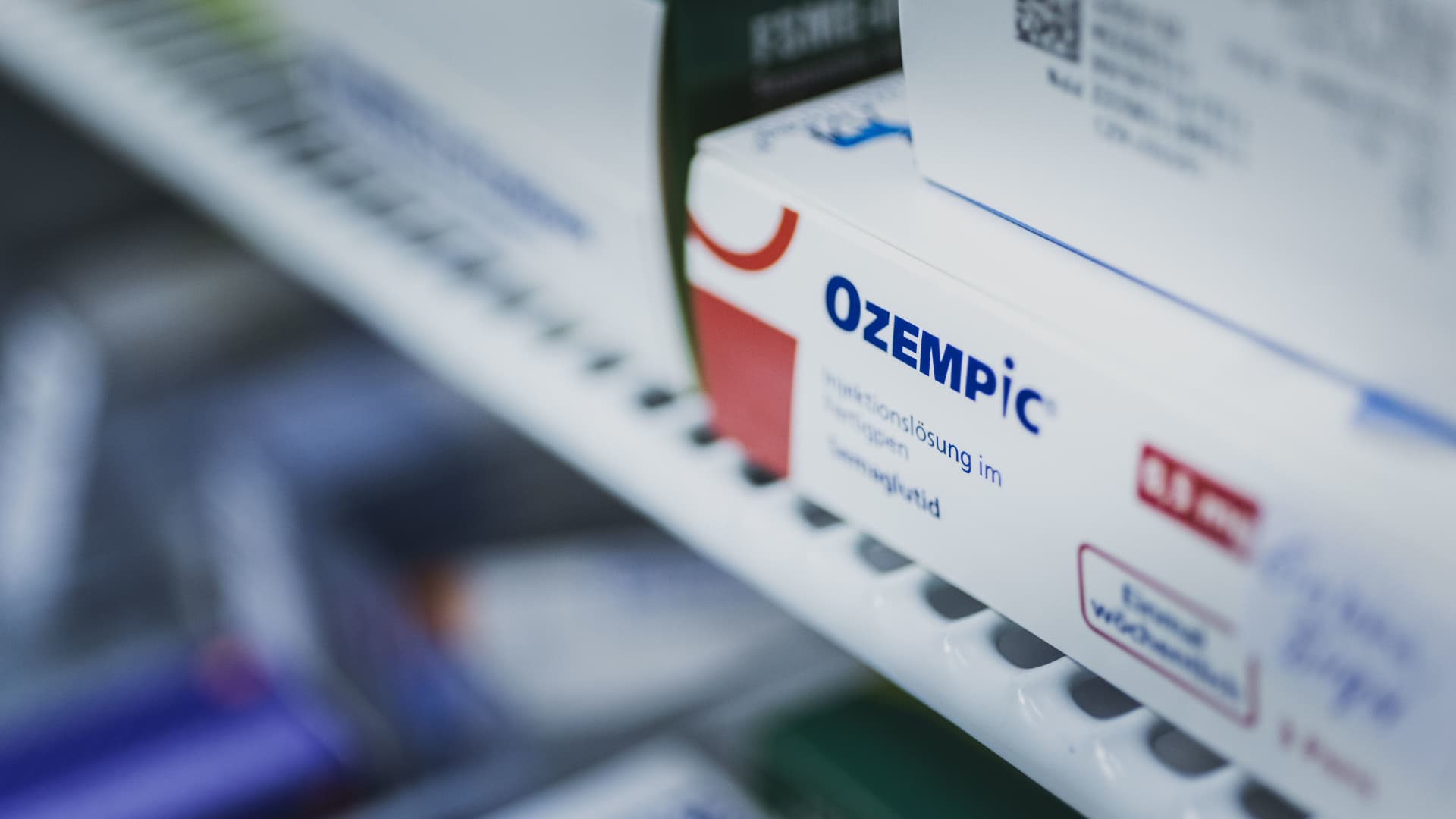Obesity drug industry could be worth $200 billion within the decade, says Barclays, as market valuations grow

The burgeoning weight-loss drug industry, which is whetting investors’ appetites with its pledge of combatting global obesity rates, could be worth as much as $200 billion within the next decade, according to Barclays bank.
Dubbing obesity “the story of this decade,” Barclays’ head of European pharmaceuticals equity research said that, based on investor feedback, the bank’s previous valuation estimate may have been overly conservative.
In a research note released last week, Barclays said that the global obesity therapeutic market could be worth $100 billion by around 2030. However, Emily Field elevated that estimate Wednesday.
“Immuno-oncology was the story of the last decade. It feels like obesity is the story of this decade,” Field told CNBC’s “Street Signs Europe.”
We think it can get to a $100 billion market … maybe it could be even double that.
Emily Field
head of European pharmaceuticals equity research at Barclays
“We think it can get to a $100 billion market,” in the next 10 years, she said. “Maybe it could be even double that if this keeps going and we really see higher penetration.”
Weight-loss drugs have become a hot topic as public heath authorities and pharmaceutical companies seek to find solutions to the growing obesity epidemic.
According to the World Health Organization, global obesity rates have almost tripled over the past decade. It is currently estimated that 1 billion people are clinically obese, of whom around 650 million are adults, 340 million are adolescents and 39 million are children.
Pharmaceutical makers Novo Nordisk and Eli Lily are among those grabbing attention for tackling waistlines with their weight-loss drugs including Wegovy, Ozempic and Mounjaro.
Eli Lily said Thursday that it would apply for regulatory approval for Mounjaro, after a large trial showed that it helped overweight people with type 2 diabetes lose nearly 16% of their body weight.
How do obesity drugs work?
The drugs, which are administered via injection, rely on an active ingredient called semaglutide which belongs to a group of drugs called GLP-1 receptor agonists (glucagon-like peptide 1).
Originally developed to treat diabetes, they work by imitating a naturally occurring gut hormone that helps regulate appetite in the brain, ultimately leading to weight loss.
Their dramatic results have been pitched as a “miracle” fix to weight issues, with Hollywood stars and social media influencers among those touting their benefits.
But these types of drugs have also attracted controversy, not least after admissions by drug makers that patients would likely regain weight once they ceased taking the medication.
Others, meanwhile, have questioned whether the drugs can successfully tackle the longer-term health issues facing those with obesity.
A test for the industry
However, Field said that a forthcoming study, due this summer, could go further in uncovering the cardiovascular benefits of such drugs and therefore their wider-reaching applications.
If positive, the results could provide a further boon for the market, she said.
“Does the weight loss that comes with taking Wegovy prevent you from having a heart attack or a stroke in those that have a higher risk?” That’s what the study is looking to find out, Field noted.
“We’ve seen a benefit in the diabetes population with their other drug Ozempic. We’ve seen a benefit in patients who have had bariatric surgery,” she continued, referring to weight-loss surgeries such as gastric bypass.
Weight-loss drugs have become a hot topic as public heath authorities and pharmaceutical companies seek to find solutions to the growing global obesity epidemic.
Florian Gaertner | Photothek | Getty Images
“So we all think this should work, but it’s a very, very important event so there’s certainly a lot of anxiety going into this [study],” she said.
Barclays’ valuation call is one of the boldest yet for the industry. Last month, Citi pharmaceuticals analyst, Pete Verduit, told CNBC the obesity-tackling industry could be worth $50 billion by 2030 “without making ridiculous assumptions.”
Morgan Stanley similarly valued the industry at $54 billion by 2030 in a research note released last August.
Still, Field said that investors should be looking at it with a long-term view.
“What we’re telling clients when you’re looking at a stock like NovoNordisk, maybe don’t look at this year’s P/E [price-to-earnings ratio], maybe look at it in a few years and then it might actually look cheap relative to some of the other pharma names,” she said.









